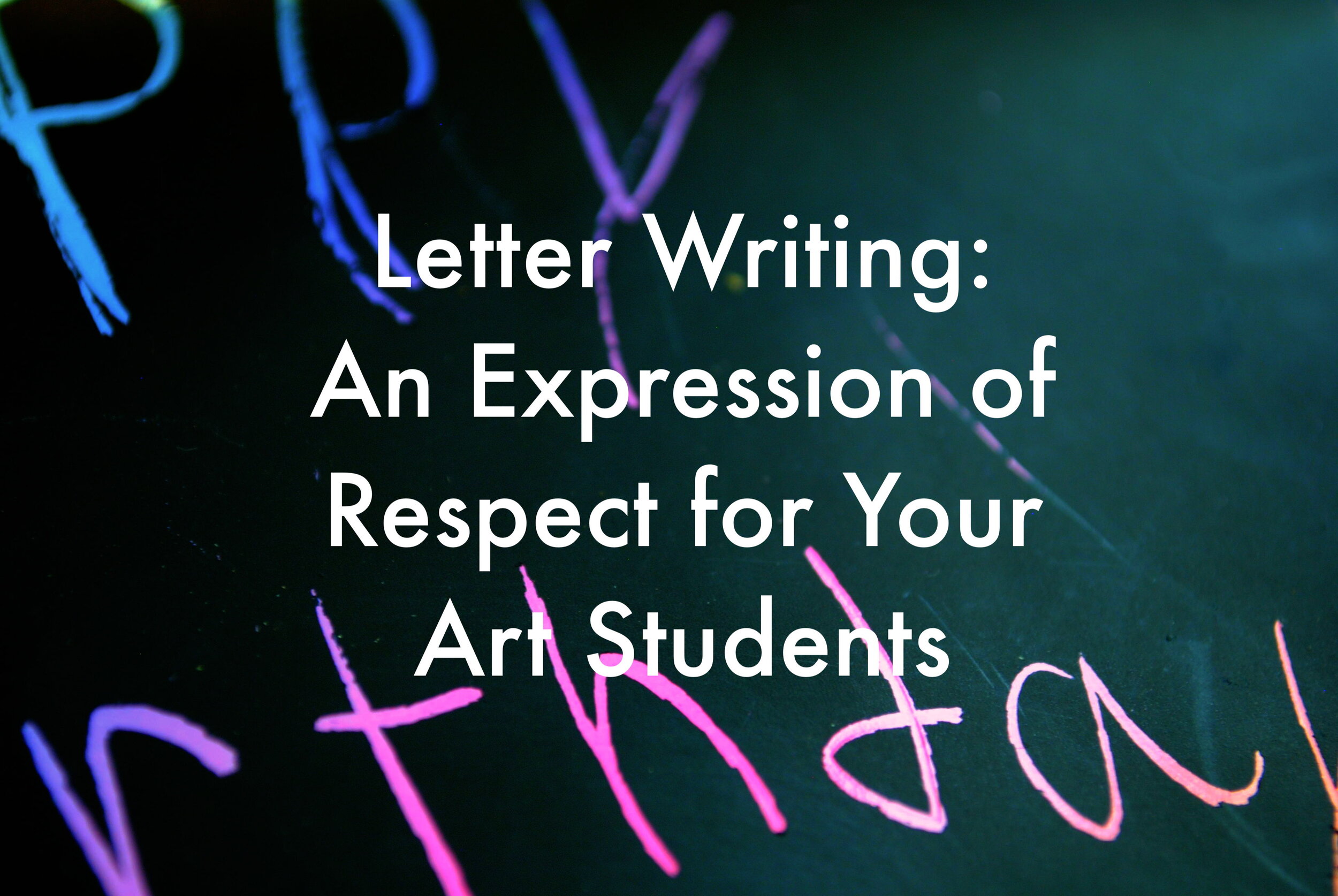
Letter Writing: An Expression of Respect for Your Art Students
Letter writing is a simple and effective way to show respect and care for your students, while boosting engagement in your class. Whether you are working with little ones, older kids or adults, you can brighten someone’s day with a simple note acknowledging their efforts.
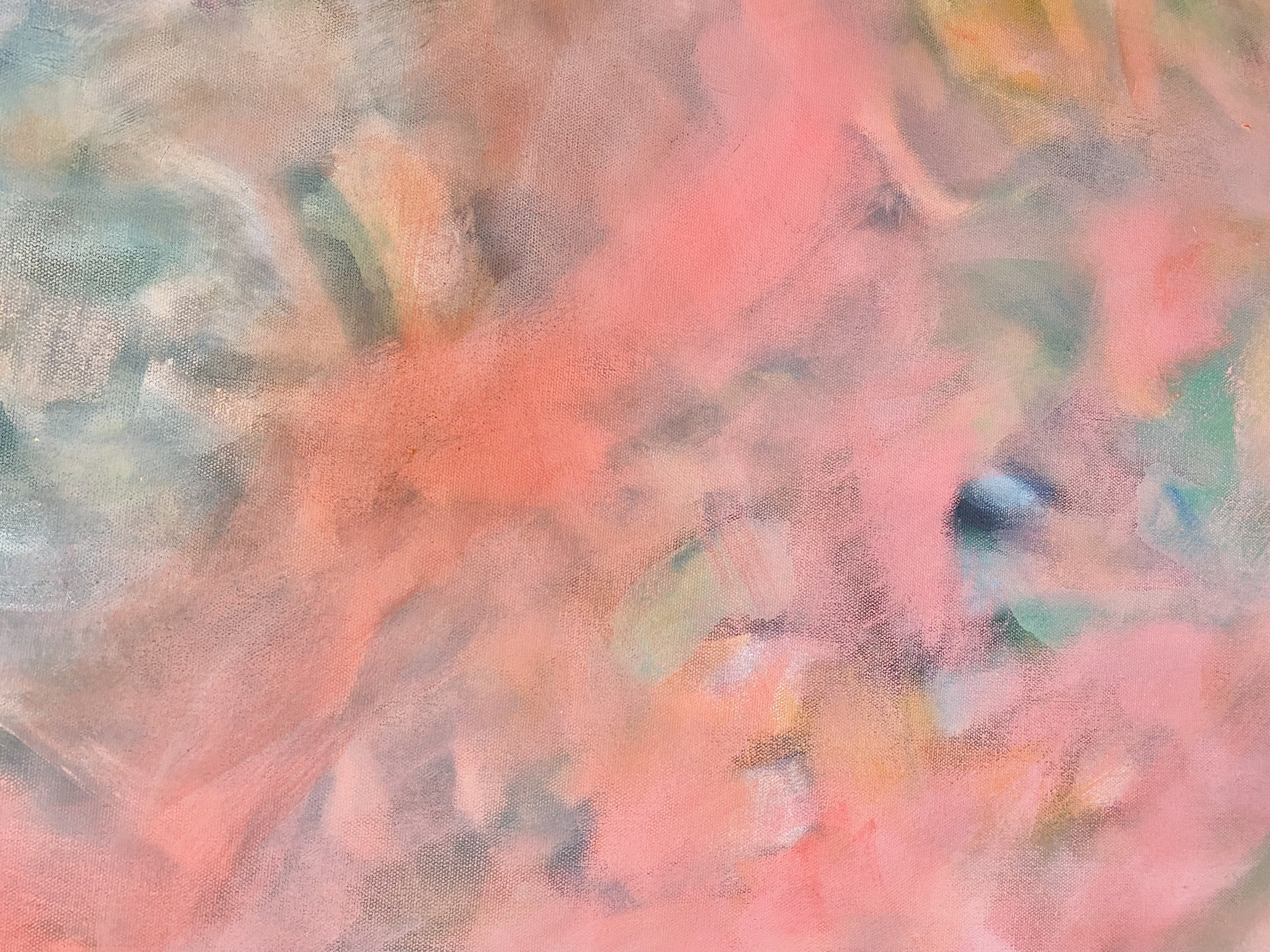
6 Ways To Find New Students For Your Art Classes
If your business offers Art classes, you know that finding students is a top priority. These ideas will help you innovate and attract more students so your business can thrive.

Printable Art For Your Classroom, Home or Office
My affordable printable art posters are great for classroom, home and office decor.

Landscape Painting Art Lesson Plan with Literacy Connections
This free art lesson plan with literacy connections is great for early childhood. Explore a Vincent Van Gogh landscape with your students, and make an original work of art.

Adjunct Professor Survival Guide
If you have ever considered being an adjunct professor, or are looking for tips on how to thrive as an adjunct, this article is for you.
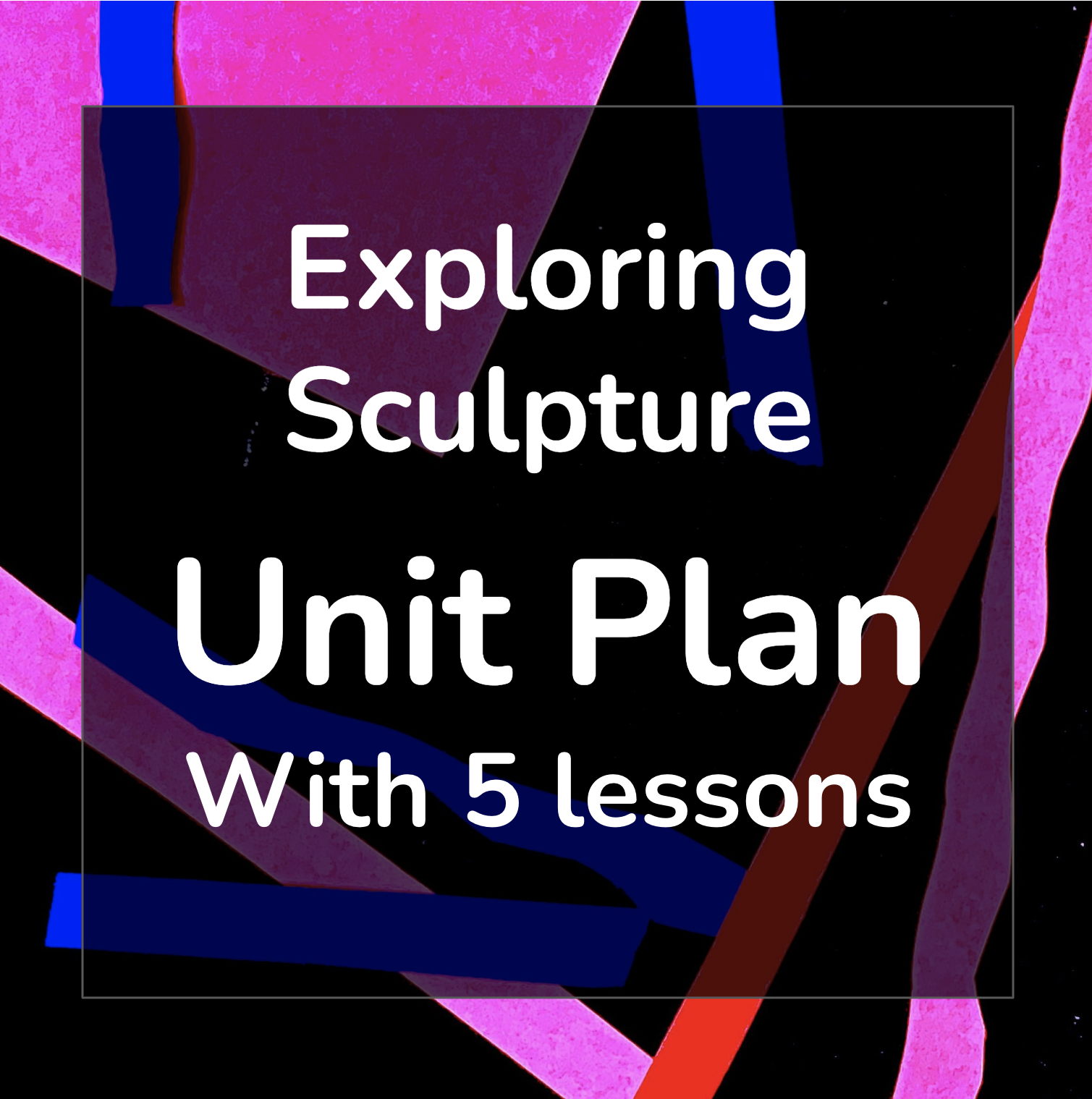
Benefits of Explorative Sculpture for Young Children
Download my free unit plan today.

Listed on ‘Top 60 Art Teacher Blogs!’
Artful and Educational has ranked in the Top 60 Art Teacher blogs on Feedspot. Read our teaching blog today for art lesson plans, curricula, slideshows, videos, reading reflections and more.
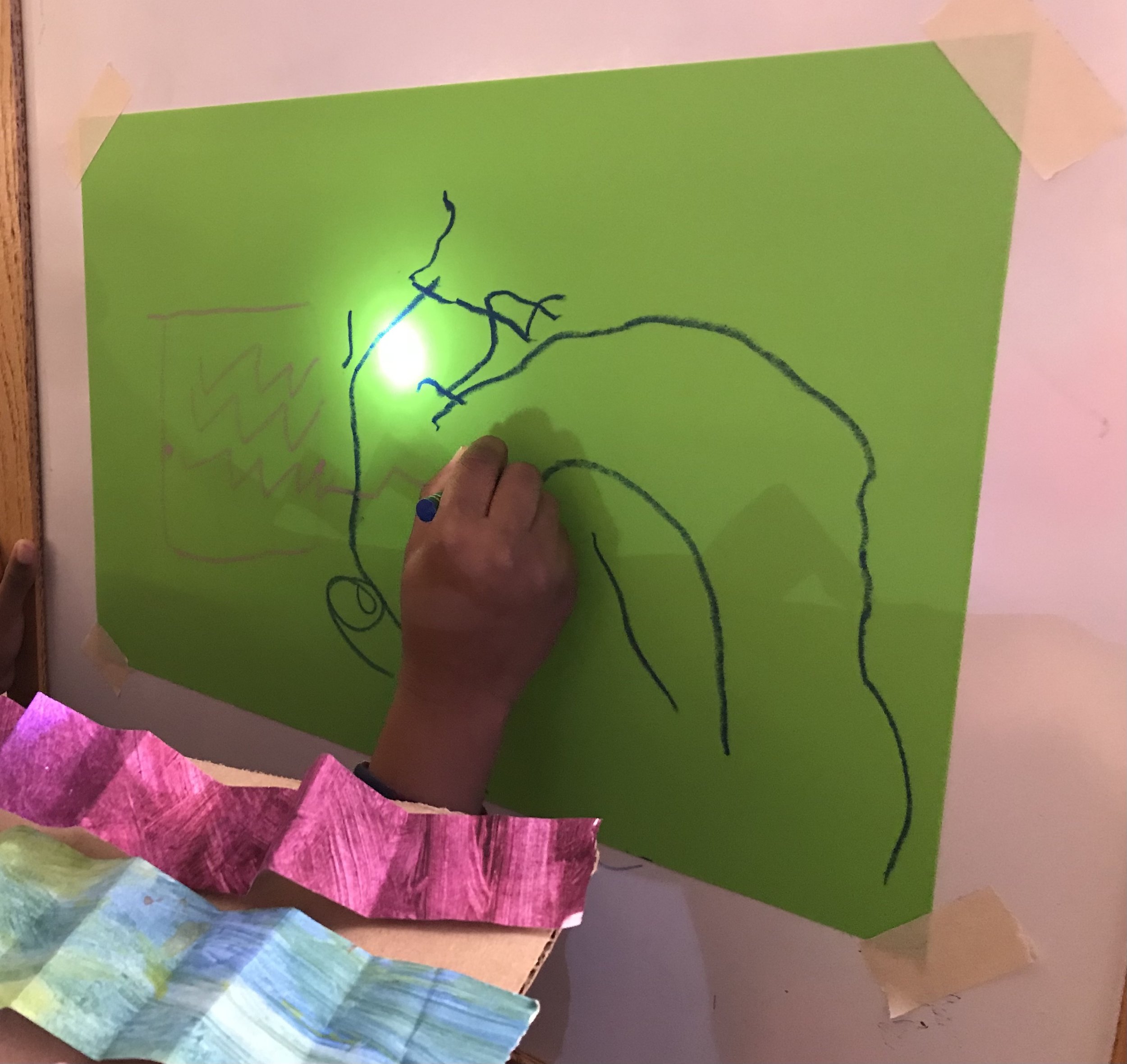
What Is It Like Teaching Art?
What it’s really like teaching art.

Building Confidence as a New Teacher
Tips for new or young teachers working to build their confidence.

Teacher as Host
If we think of our teaching role as that of a host, we can begin to consider ways to make sure our students are at ease and nourished intellectually when in our care.

Getting the Most out of Professional Development (PD) Sessions and Meetings
Get the most out of your PD sessions and faculty meetings, with these helpful tips.

Boosting Engagement With Interactive Writing in the Classroom
Boost engagement in your classroom with this simple interactive writing activity.

Reinforcing Learning in Higher Ed: Post-Session Summaries
After class, try sending summaries of the session to your students. These summaries can take on a variety of forms.

5 Productive Ways for Art Educators to Spend Their School Break
As Art Educators, we rely on feeling nourished and creative in order to best serve our students. Try these simple tips when planning how to spend your next break from school.
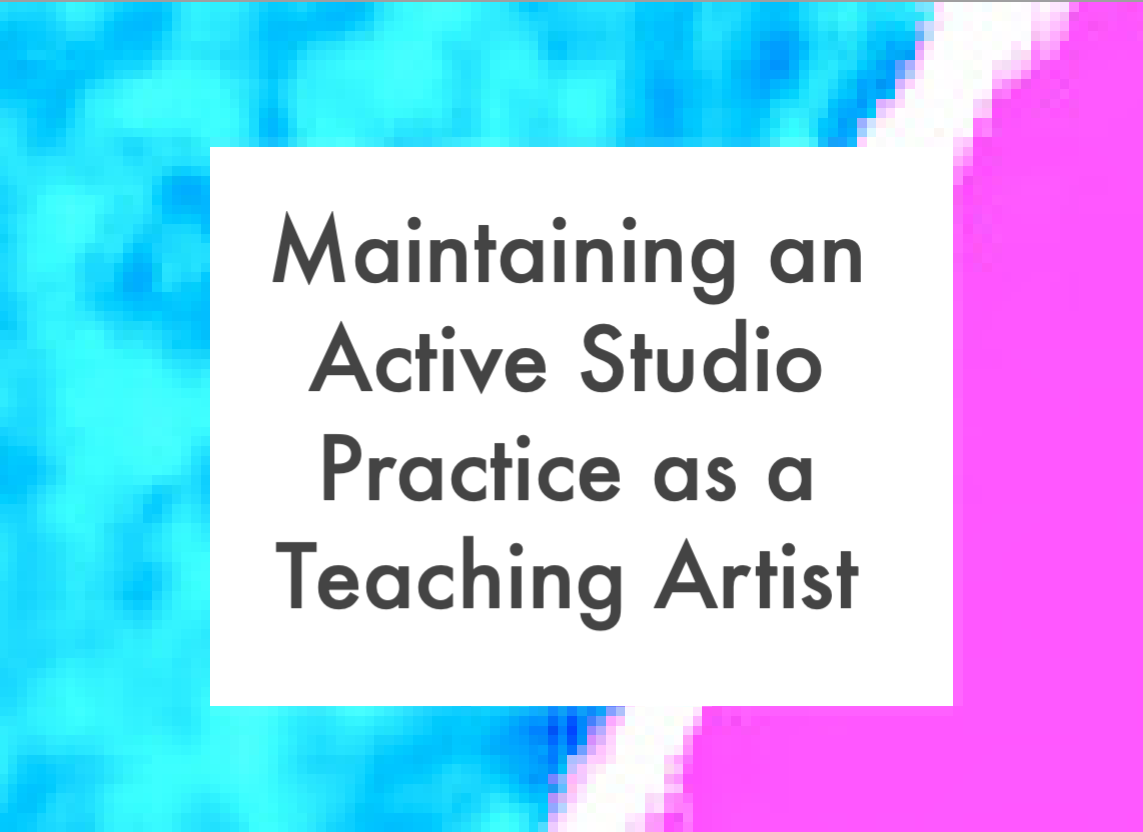
Maintaining an Active Studio Practice as a Teaching Artist
The best thing you can do is make your art.

The Culturally Responsive Classroom: 101
Culture can shape the way a person grows and learns. We must consider the nuances of who our students are and what they have experienced.
As arts educators, whether we work with children or adults, we must include content that embraces and celebrates a variety of cultures. In order to do this, we must get to know our students and their backgrounds so we may choose examples of artists, authors, and projects that are related to their cultural experiences.
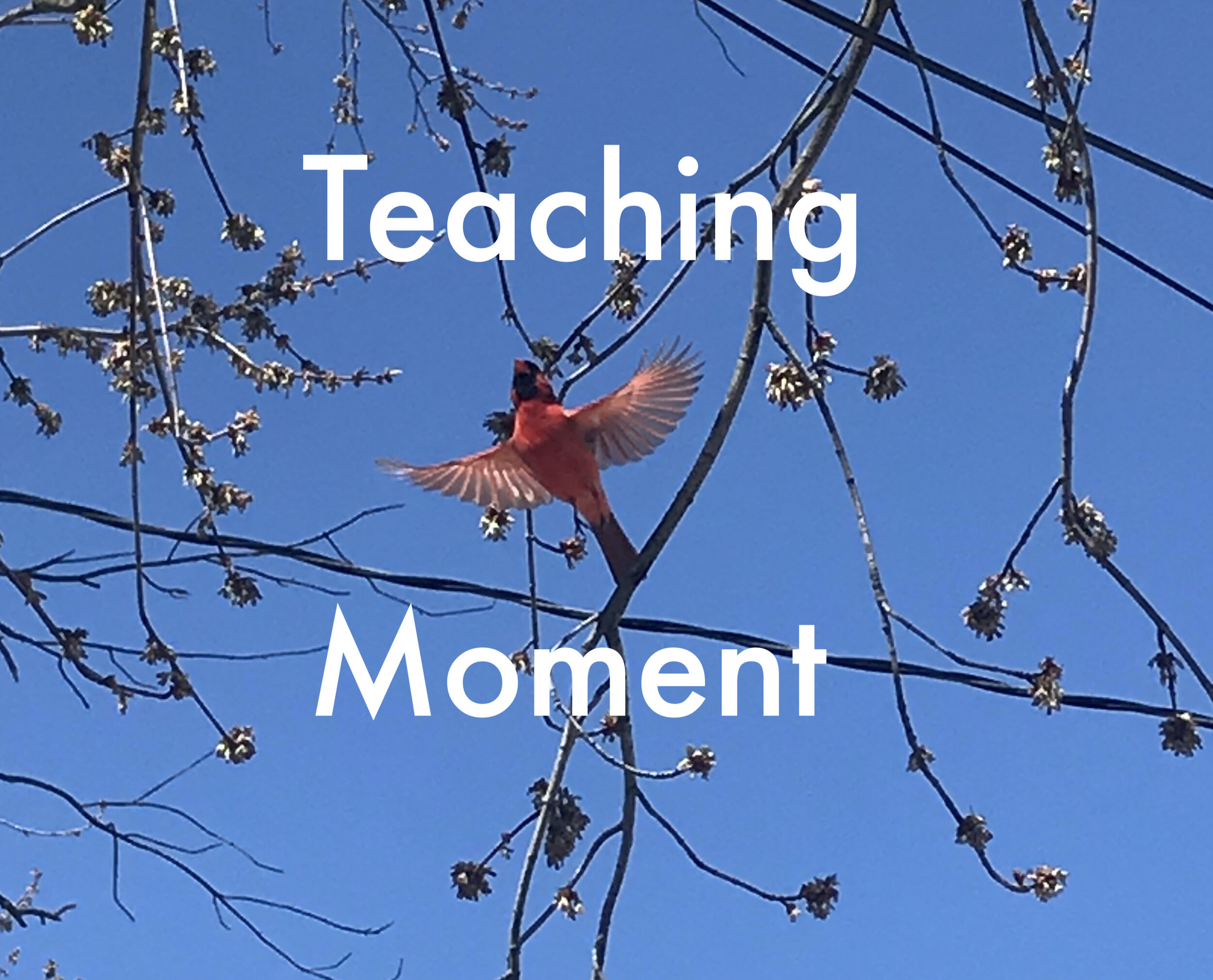
Teaching Moment Share
I couldn’t wait to write up a brief reflection about a recent teaching moment and share it with you. I paired it with this photo of a cardinal near a park in NYC a few weeks ago, spreading its wings and taking flight. What motivates you to teach? What teaching moments stand out as eye-opening into the impact you have on students' lives? Let me know in the comments!

10 Engaging Ways to Introduce Value Scales to Students of Any Age
An effective introduction to the concept of value provides a solid starting point to learn the basics of Drawing, Painting, Photography, and more. It also gives us better insight into works from Art History and allows us to appreciate the efforts and skills of artists.
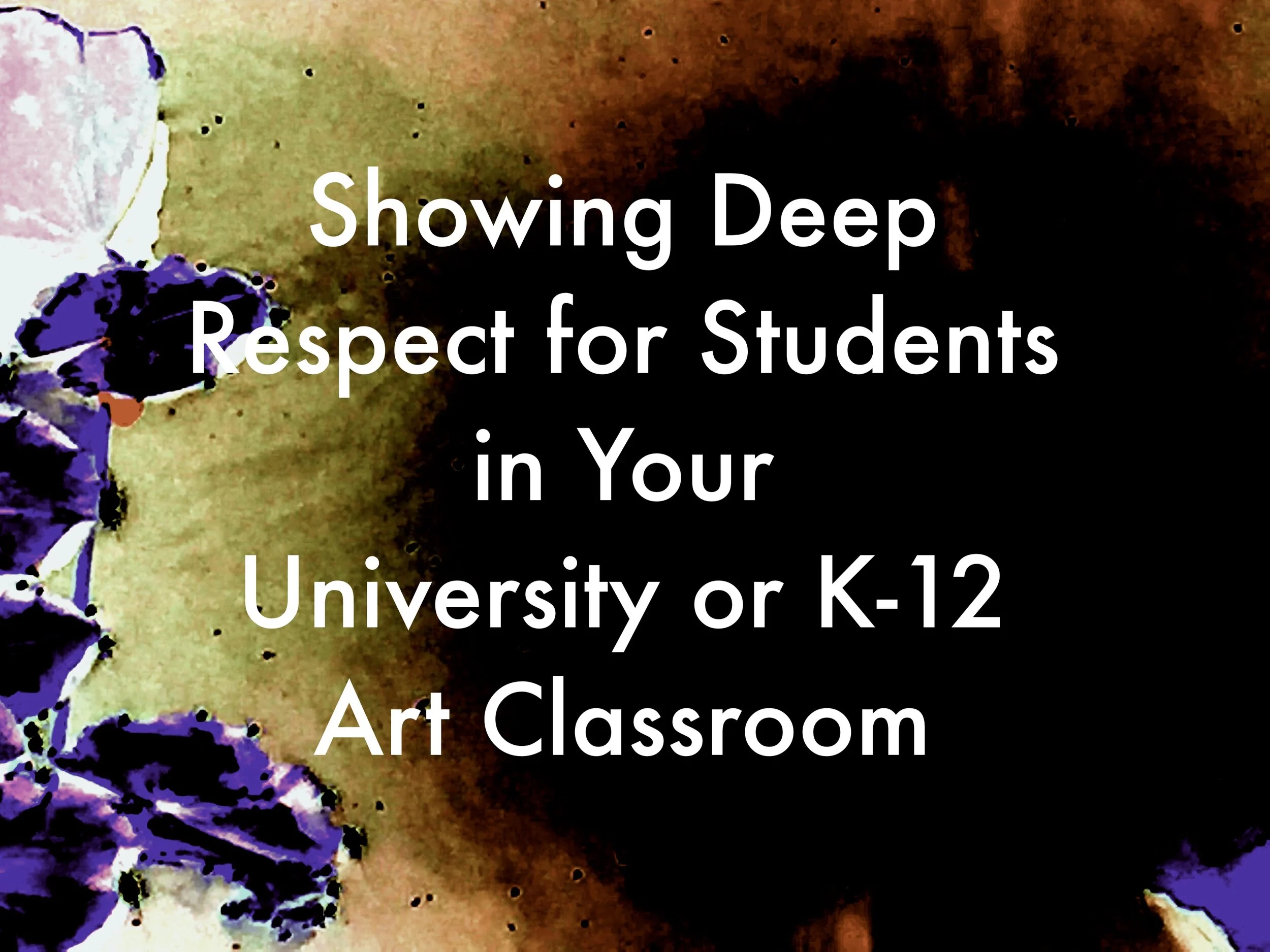
Showing Deep Respect for Students in Your University or K-12 Art Classroom
When I talk about respect in the classroom, I am referring to a much deeper, more profound concept than simply being polite to students.

Forming Strong, Lasting Relationships With Colleagues
Forming strong, authentic relationships with your colleagues takes effort, care, and thoughtfulness. With a few intentional, positive steps, you will be well on your way to making meaningful connections with your colleagues.
